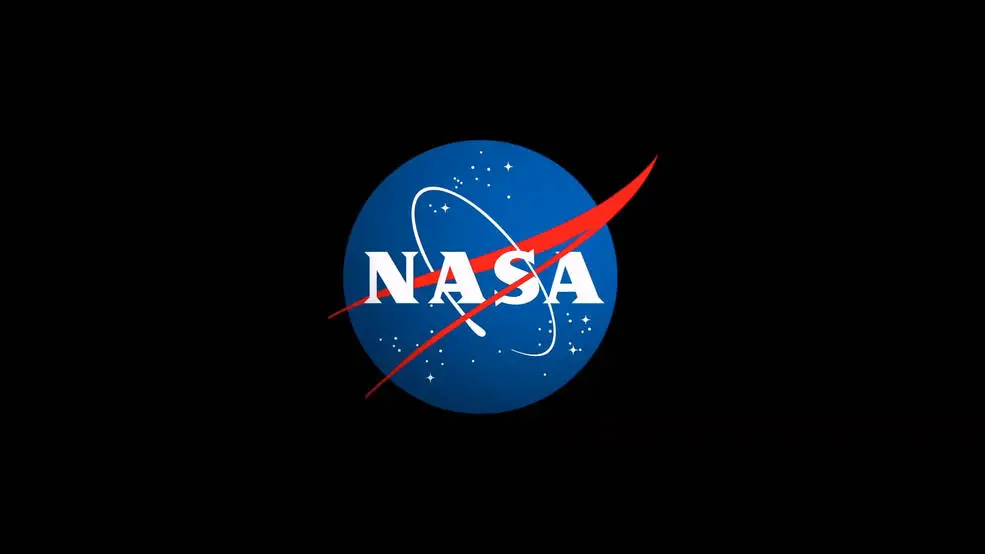NASA and the Australian National University (ANU) are joining forces in a collaborative project to advance lunar laser communication capabilities, marking a significant step forward in deep space data transmission. This partnership focuses on inventive, cost-saving laser communications technologies in the lunar environment, leveraging the Artemis II mission to test and prove their effectiveness.
Currently, space communication predominantly relies on radio waves. However, NASA is exploring laser, or optical, communications, which can transmit data at significantly higher speeds. Laser communication systems use infrared light to send high-definition video, images, voice, and scientific data across vast distances more efficiently. NASA has demonstrated laser communications in previous missions, but Artemis II will be the first crewed mission to attempt using lasers to transmit data from deep space.
A key component of this collaboration is the Real Time Optical Receiver (RealTOR) project, where NASA's Glenn Research Center in Cleveland has developed a cost-effective laser transceiver using commercial off-the-shelf parts. ANU researchers, working at the Mount Stromlo Observatory ground station in Canberra, will utilize a Glenn-developed transceiver model to receive data during Orion's journey around the Moon. While this ground station will serve as a test location for the new transceiver design, it will not be one of the mission's primary ground stations.
During the Artemis II mission, scheduled for early 2026, NASA will fly an optical communications system aboard the Orion spacecraft. This system will test the use of lasers to transmit data across space, with the aim of sending recorded 4K ultra-high-definition video, flight procedures, pictures, science data, and voice communications from the Moon to Earth. The collaboration aims to achieve data transmission speeds 10 to 100 times faster than traditional methods, promising a brighter future for deep space missions.
The historical context of laser communication development shows a gradual progression from concept to reality. The first successful demonstration of laser communication in space occurred in the mid-1990s by the Japanese Space Agency (JAXA), achieving a data rate of 1 Mbps. NASA's Lunar Laser Communication Demonstration (LLCD) in 2013 achieved an unprecedented data rate of 622 Mbps from lunar orbit to Earth. The Laser Communications Relay Demonstration (LCRD) mission, launched in 2021, is testing the long-term viability of laser communication for both near-Earth and deep space missions.
Optical communications offers several benefits for future deep space missions. Compared to radio-frequency (RF) communications, increased aperture gains and reduced diffraction losses at optical wavelengths enable higher data rates with reduced size, weight, and power requirements for spacecraft and smaller ground terminals. The large available spectrum in the optical bands and efficient utilization of optical bandwidth enable higher data rate links.
The collaboration between NASA and ANU exemplifies the increasing importance of global partnerships in advancing space technology. ANU's expertise in optical technology, combined with NASA's experience in space missions, creates a synergistic environment for innovation. The Artemis II mission and the lunar laser communication advancements represent a significant leap toward more efficient and reliable data transmission in future space explorations.

















